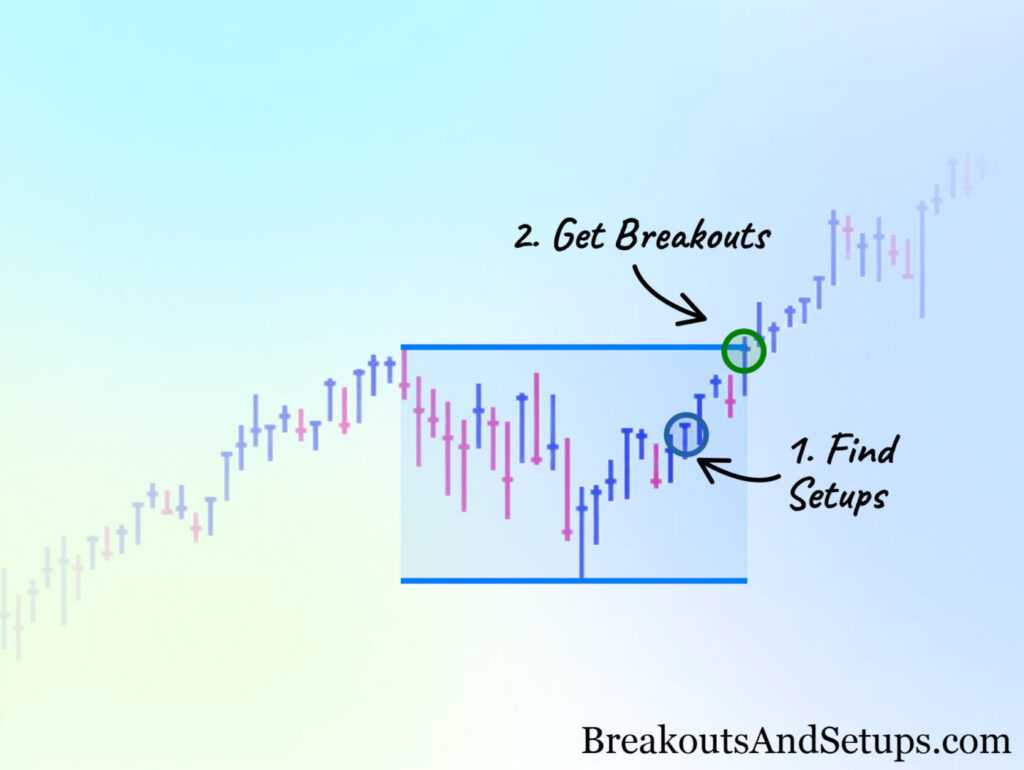What is Growth Investing?
Investors use a variety of investment strategies to meet their short-term and long-term goals. Some methods take a conservative approach, seeking to build wealth over years of consistent growth. Other strategies aim to build wealth quickly using higher-risk investment volatility, which offers an opportunity to exceed standard market returns. In this guide, we will review the growth investing strategy and help you determine whether it’s right for your long-term stock market goals.
What is a growth investing strategy?
Growth investors hope to purchase shares of companies that will quickly appreciate. Investors who take this approach to stock trading will often search for stocks to buy before the shares rapidly increase in value.
However, it’s essential to understand that growth investing is a long-term strategy. Unlike day trading, or swing trading, the goal is to keep growth stocks over years or decades. Actively trading to make quick profits often occurs within a matter of hours or even minutes. Growth investors aren’t necessarily seeking to make fast profits and instead seek to build wealth by holding growing stocks for decades.
A growth investor might purchase stocks weeks, months, or even years before significant price increases. Yet, their goal remains the same — find stocks that can quickly increase in price at a good value and sell after earning profits. Although the strategy sounds simple enough, a lot of work goes into selecting the ideal value stock. There are also significant risks for holding stocks for long periods, as market volatility can change a company’s fundamentals and influence stock prices over the short term.
How do investors find growth stocks?
Any company can go through a rapid increase in its stock price. Yet, specific industries and sectors are more likely to see rapid rises in stock prices. Growth investors often start their search with technology, pharmaceutical, and small-cap stocks.
Technology stocks, especially from companies building commercial or consumer tech solutions, can quickly appreciate. Likewise, revolutionary new products from pharmaceutical companies can change business fundamentals and send stock prices soaring. Investors also look closely at small-cap companies while searching for growth stocks. These newer companies are often at an earlier stage of growth and experience significant spikes in stock prices.
Although growth stocks are not limited to these industries or sectors, they are great places to begin your search as a beginning investor. As you become more experienced with growth stock selection, you can search for companies to invest in from a diverse range of sectors and mitigate your investing risk.
Is growth investing different from value investing?
While learning how to trade stocks, it may seem that growth investing and value investing are very similar. Value investing is a strategy that involves selecting stocks that have a price less than their intrinsic value. Essentially, as a value investor, your goal is to find stocks that you believe other investors are undervaluing. Both strategies require fundamental analysis to determine what a stock’s actual value is, but when investors find value stocks, they guarantee good growth prospects.
Unlike growth investing, most value stocks have a proven track of accomplishment and price stability. Older companies instead of newer ones are most likely to be underpriced by the market. Yet, with value investing, the stocks that you buy may not have firm fundamentals or price stability. Instead, prices may increase due to changes in a company’s prospects as their products and services catch on within the market. Some companies with growth stocks in the technology or pharmaceutical spaces may not have even become profitable yet. Therefore, growth investing comes with risk and has the potential for a more significant upside than most value stock picks.
Ready to evaluate a growth stock? Try this process.
So, you now understand the fundamentals of value investing. Next, it’s time to locate growth stocks that have the potential to increase your capital faster than the average overall market returns you can achieve.
Unfortunately, there’s no set formula for locating growth stocks, but there are a few company fundamentals you can analyze to find the potential ability for growth. Your stock analysis will be subjective, but overall, these qualitative and quantitative measurement practices help determine whether an investment qualifies as a growth stock. Here’s how to evaluate stocks to see whether they could lead to future profits.
- Look at the company’s aspects that are hard to measure.
This includes brand loyalty, innovative patents, and other differentiators that set one company apart from others in the same sector. Although it is difficult to determine whether a stock will increase rapidly due to these factors alone, there’s a lot to be said about the competitive edge of leading, well-recognized companies.
- Review historical earnings and company profitability projections.
Companies that provide the best returns for their investors will see consistent increases in their profitability year after year. After all, a company’s fundamentals, such as sales revenue and profitability, influence a stock’s price. If investors believe that profits will increase each year drastically, this might be a sign of a growth stock opportunity.
In addition to reviewing a company’s future projections, you can also look at the historical earnings growth. Although past behavior isn’t a prediction of future results, it will help you identify whether a company is consistently growing, which is a good sign for growth stocks. Although fundamentals can change quickly, especially for rapidly growing companies, historic earnings and consistently strong profit margins are signs of growth investment strength.
- Return on equity and price to earnings ratio.
Profitable companies have a high return on equity (ROE) value, which is also a sign of potential stock growth. Furthermore, it’s hard to analyze any stock without looking at the price-to-earnings ratio (P/E). Stocks with a high P/E ratio are often going through a growth stage. On the other hand, value stocks typically have low P/E ratios, and thus, more stability.
In conclusion, there are several different strategies for building wealth in the stock market. One of the best ways to grow your capital is by searching for growth investing opportunities. Both young and small companies can increase stock prices at a higher rate than established businesses. By researching company fundamentals and searching for new investment opportunities in specific sectors, you stand to increase the return you make on your capital. Click here for more access to stock tips from professionals that will teach you how to trade stocks successfully as a beginning growth or value investor.
“Knowledge is power. The stock market is nothing if not opportunity but in order to navigate its waters you must arm yourself with information. Sign up for Alpha Alerts and get four premium stock picks every month. Take the guess work out of investing and allow us to do the heavy lifting. We are so confident in our service we will let you try it FREE for 30 days! Sign up now.”
Photo by Luke Chesser on Unsplash





